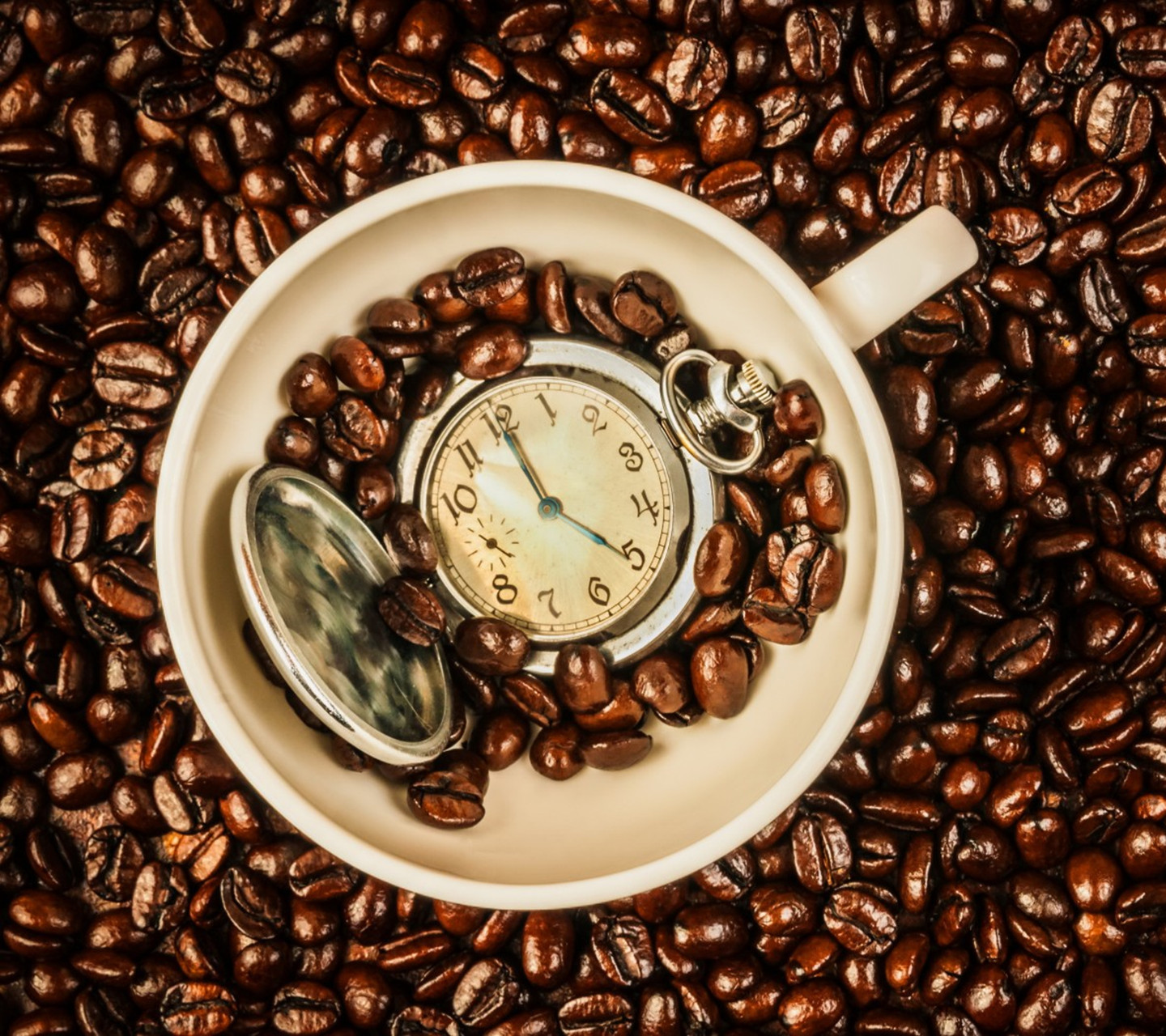Basic knowledge of standard coffee beans sampled from bagged coffee beans

1 range
This section specifies the sampling method for 10 or more bags of coffee beans.
This section applies to:
-basic samples for supply
-check whether the coffee beans to be supplied comply with the sales regulations of the producer
-determine one or more properties of coffee beans in order to provide a basis for technology, commerce, management and arbitration
-quality control or quality inspection
-as a standard sample in the event of a dispute.
This standard is for bagged coffee beans, as described in GB/T 18007.
2 normative citation documents
The provisions in the following documents become provisions of this section by reference to this section. All subsequent corrections (excluding corrigendum) or revisions of dated citation documents do not apply to this section, however, parties agreed in accordance with this standard are encouraged to study whether the latest versions of these documents can be used. The latest version of any undated reference file applies to this section.
Terminology for GB/T 18007-1999 coffee and its products
ISO 6666 Coffee sampler
ISO 4072 bagged coffee beans-sampling
3 terms and definitions
The terms and definitions established in GB/T 18007 and the following apply to this section.
3.1
A single order
Refers to the quantity of bagged coffee beans shipped or received at a time, which may consist of one or more batches.
3.2
Batch
Refers to a part of an order or a single order in which each bag must be marked the same and weigh the same. The number of bags per batch generally does not exceed 1000 bags.
3.3
Damaged bag
A bag that is torn, soiled, muddy or contaminated, meaning that it may have caused damage to the coffee beans inside.
3.4
Sample
A portion of coffee beans extracted from a batch is used to test the characteristics of the coffee beans.
thirty-seven
DB53/T 154.7-2006
3.5
Sample
Refers to a bag of 30 ±6 grams of coffee beans taken out of a specified batch.
3.6
Large sample or batch sample
Refers to the sample (3. 5) taken from each bag of a specified batch of goods, the quantity shall not be less than 1500 grams.
3.7
Mixed large sample or mixed batch sample
Refers to the coffee beans mixed with all the large samples and batch samples in a batch.
3.8
Laboratory sample or final sample
100 grams of coffee beans taken from the mixed sample.
4 General principles
4.1 sampling personnel
When sampling, samples must be taken by experienced samplers or qualified samplers through training, or by special sampling institutions.
4.2 sampling requirements
Sampling is required for each consignment, and the sampling site must ensure the hygiene of the sample, and ensure that the sampler, container, packaging will not be contaminated or drenched, etc. Special care should be taken not to get dirty or wet the sampler and not to have a bad smell.
The sampler must record the damaged bags or the bags that may be contaminated.
4.3 sampling report
After the sampling work is completed, a sampling report must be prepared (see 11 for details).
5 goods confirmation
The goods should be confirmed before sampling.
6 sampling principle
When sampling, a sampling plan based on experience should be followed.
7 sampling instrument
7.1Sampler: a special instrument that can penetrate the bag and take out coffee perfectly without opening the bag, as described in ISO 6666.
8 sample containers and packaging
Containers and packages and their seals shall be made of substances that are clean and dry and will not affect the flavor and smell of the sample. The equipment should be strong enough not to be damaged in transit and to keep the sample unchanged for a specified period of time.
DB53/T 154.7-2006
9 sampling steps
9.1 sampling requirements
9.1.1 unless otherwise stipulated in the contract, the number of sampling bags of a sample shall not be less than 10 bags from a selected batch of coffee beans with 10 Mel 100 bags; if the batch has more than 100 bags, the number of sampling bags of the sample shall not be less than 10% of the total number of bags.
9.1.2 use a sampling tube to take random samples from bags stacked in different positions, each bag should be taken from three different parts.
9.1.3 if there are damaged bags, they should be separated, sampled separately and packed separately.
9.1.4 more than three samples must be taken for each bag.
9.2 preparation of samples
9.2.1 large sample
Take a small sample while checking, obviously belong to the same kind, mix it up and put it in a container and label it. If different, it should be stored separately and stated in the sampling report.
The sample taken from the damaged bag cannot be put into the large sample.
9.2.2 mixed large sample
Take out the large sample from the container and mix it well.
9.2.3 Laboratory samples
A laboratory sample can be obtained by taking a mixed sample of 100 grams, and each laboratory sample is packed and labeled separately.
10 packing and marking
10.1 matters that must be paid attention to when packing samples
Samples prepared for moisture determination are packed in tightly sealed moistureproof containers to prevent the loss or deterioration of coffee beans, and are used to measure the quality characteristics of coffee beans, which will not be affected by changes in moisture. Samples packed in unsealed containers.
10.2 Marker
Unless otherwise stated, labels on containers and packages should be marked as follows for identification:
A) date of sampling
B) sample provider
C) Shipping document or contract number
D) name of ship (or other means of transport)
E) the location where coffee beans are stored
F) identifiable marks and numbers (including the origin of coffee)
G) the number of bags of this batch of coffee beans
H) sample quantity.
DB53/T 154.7-2006
11 sampling report
All information relating to the sampling method shall be provided in the sampling report. The damaged bags, damage condition and approximate number of damaged bags of this batch of coffee beans should be indicated. Reference should also be made to the conditions of the storage location of this batch of coffee beans, especially if there may be pollution sources nearby.
12 Storage and transport
12.1 Laboratory samples should be sent to the test room as soon as they are ready and are allowed to arrive after 48 hours only in extremely exceptional circumstances (except on non-business days). A copy of the sampling report should be attached to the sample.
12.2 after the laboratory samples have been taken, the remaining mixed samples taken from each batch shall be stored in a container labeled according to step 10.2 for future use until the single goods are accepted by the buyer.
Important Notice :
前街咖啡 FrontStreet Coffee has moved to new addredd:
FrontStreet Coffee Address: 315,Donghua East Road,GuangZhou
Tel:020 38364473
- Prev

The basic knowledge of high-quality coffee beans allusions of male and female beans
Many friends who came back from Southeast Asia talked about coffee and talked about the vocabulary of public beans and mother beans. After looking up the information, Kirin found that it was what we call flat beans and round beans (Pea Berry and Flat Bean). Secondly, you can also learn about the part of beans divided by the green circle-- Pea Berry and Flat Bean. Through the usual understanding, we must know.
- Next

How to choose fresh coffee beans? The difference in taste between large coffee beans and small coffee beans
The difference between the taste of large coffee beans and small coffee beans for the same kind of coffee, the bigger the beans are, the higher the grade is, the smaller the beans are, the lower the grades are, and the cheaper they are. Of course, there are differences in taste. The bigger the beans, the stronger the coffee. However, in addition to high-grade products, the classification of other coffee is not very strict, for example, the central grade beans can account for 60%. Then it's bigger than this level.
Related
- Guji coffee producing area of Guji, Ethiopia: Humbela, Shakiso, Wulaga
- What is the most expensive variety of Qiloso in BOP multi-variety group?
- How to store the coffee beans bought home?
- Why are Yemeni coffee beans so rare now?
- Ethiopian Sidamo all Red Fruit Sun Sun Santa Vini Coffee beans
- SOE is mostly sour? What does it mean? Is it a single bean? what's the difference between it and Italian blending?
- Is Italian coffee beans suitable for making hand-brewed coffee?
- How to choose coffee beans when making cold coffee? What kind of coffee beans are suitable for making cold coffee?
- Just entered the pit to make coffee, what kind of coffee beans should be chosen?
- Can only Japan buy real Blue Mountain Coffee? What are authentic Jamaican Blue Mountain coffee beans?

